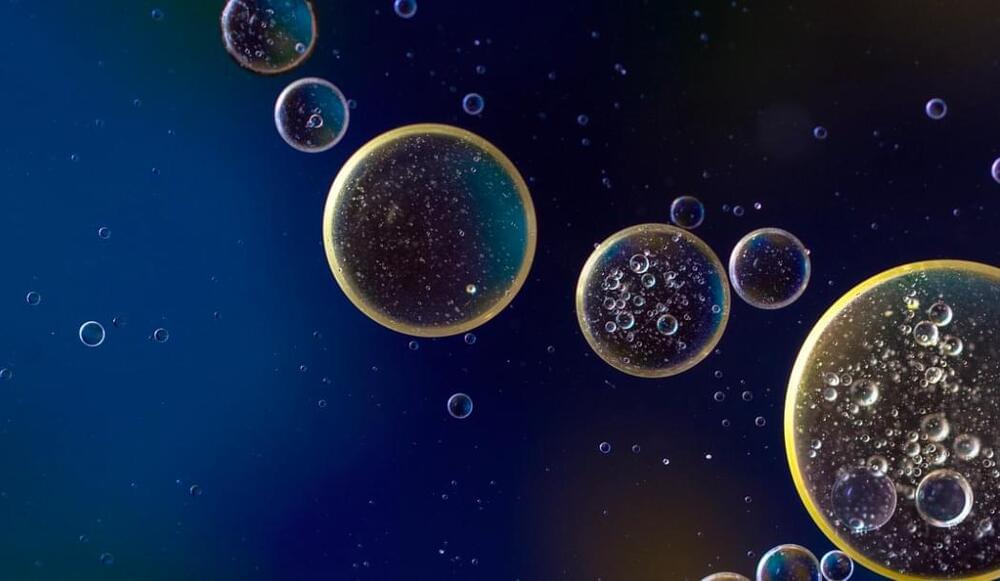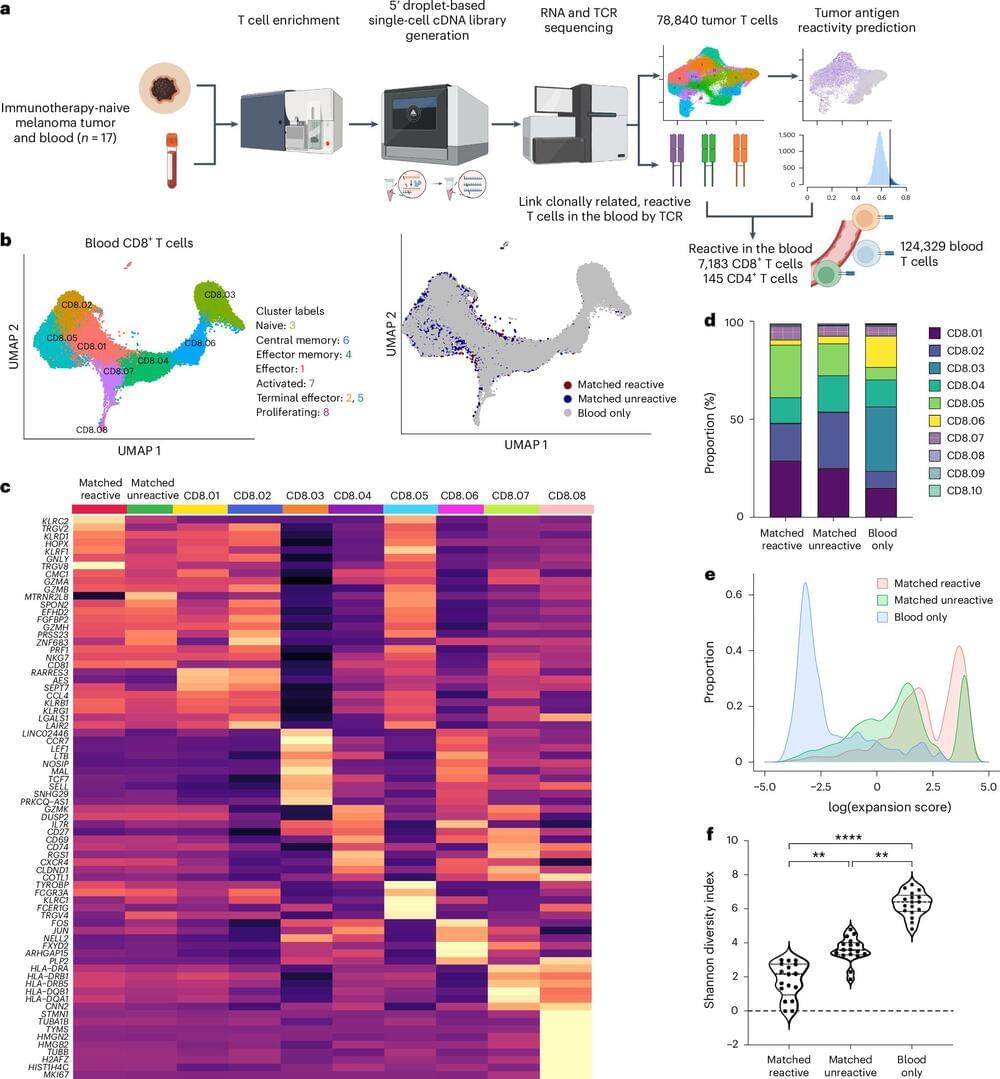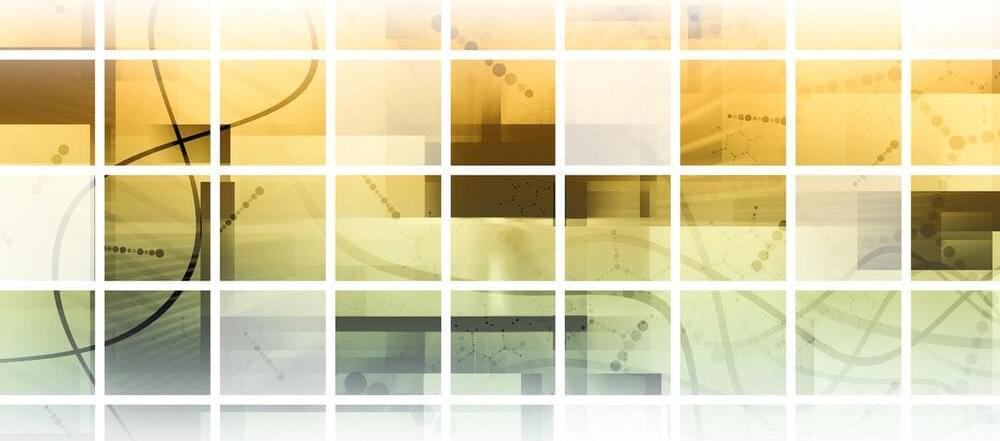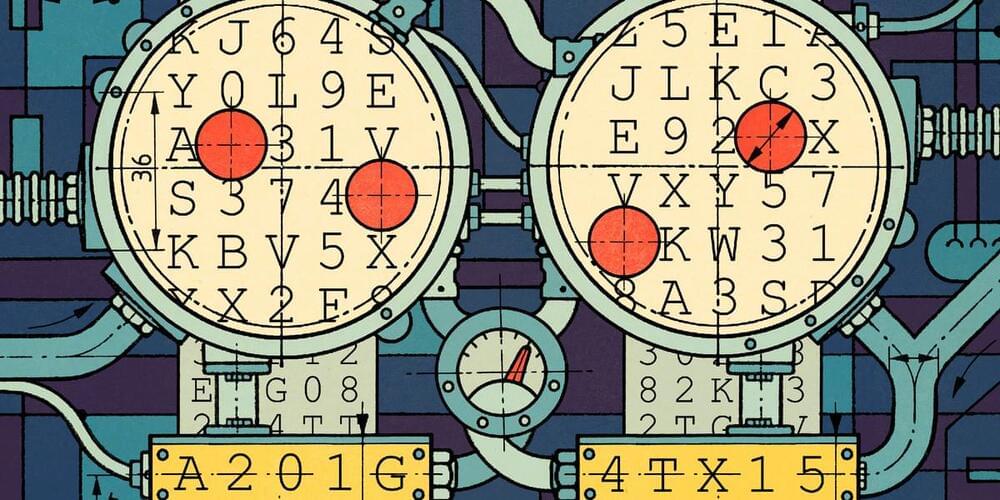Page 241
Featured ContentThe image featured at the top of this post is ©Song_about_summer/Shutterstock.com.
Dec 6, 2024
Intestinal Infections can Alter Bile Composition & Immunity
Posted by Shubham Ghosh Roy in category: biotech/medical

Researchers have used a mouse model to show that infections in the intestine can change the composition of bile, a fluid that is generated in the liver and is crucial to digestion. Bile aids in the absorption of fat and contributes to defense against infections. This study has suggested that intestinal infections can alter microbes in the gastrointestinal tract, or the microbiome, and modify the immune system. Although the work was conducted in mice, the researchers suggested that their conclusions also apply to humans. The findings have been reported in Nature Microbiology.
“The changes we detected in the composition of bile with infection are beneficial for the intestine to clear infection,” said corresponding study author Matthew Waldor, MD, PhD, of Brigham and Women’s Hospital. “Our findings reveal the intricate and dynamic nature of bile composition, shedding new light on the liver’s critical role in defending the intestine from infection. These insights enhance our understanding of the liver’s broader functions in regulating physiological stability and metabolic processes.”
Dec 6, 2024
Study identifies ‘turncoat’ cells that fight—and aid—cancer
Posted by Shubham Ghosh Roy in category: biotech/medical
Yale researchers have made an unexpected discovery—turncoat T cells that help a tumor evade other cancer-fighting immune T cells—in a study of patients living with advanced melanoma.
The study by Yale Cancer Center (YCC) researchers at Yale School of Medicine (YSM) discovered that not all CD8+ T cells are allies in a body’s fight against cancer cells. Patients living with severe melanoma who had increased levels of suppressor, regulatory CD8+ T cells had worse survival outcomes.
The study is published in the journal Nature Immunology.
Dec 6, 2024
How Is Cell Death Essential to Life?
Posted by Shubham Ghosh Roy in categories: biotech/medical, evolution
Death might seem like a pure loss, the disappearance of what makes a living thing distinct from everything else on our planet. But zoom in closer, to the cellular level, and it takes on a different, more nuanced meaning. There is a challenge in simply defining what makes an individual cell alive or dead. Scientists today are working to understand the various ways and reasons that cells disappear, and what these processes mean to biological systems. In this episode, cellular biologist Shai Shaham talks to Steven Strogatz about the different forms of cell death, their roles in evolution and disease, and why the right kinds and patterns of cell death are essential to our development and well-being.
Listen on Apple Podcasts, Spotify, TuneIn or your favorite podcasting app, or you can stream it from Quanta.
Dec 6, 2024
Prevention and screening outpace treatment advances for averting death from five cancer types, study reveals
Posted by Shubham Ghosh Roy in categories: biotech/medical, health
Improvements in cancer prevention and screening have averted more deaths from five cancer types combined over the past 45 years than treatment advances, according to a modeling study led by researchers at the National Institutes of Health (NIH).
The study, published Dec. 5, 2024, in JAMA Oncology, looked at deaths from breast, cervical, colorectal, lung, and prostate cancer that were averted by the combination of prevention, screening, and treatment advances.
The researchers focused on these five cancers because they are among the most common causes of cancer deaths and strategies exist for their prevention, early detection, and/or treatment. In recent years, these five cancers have made up nearly half of all new cancer diagnoses and deaths.
Dec 6, 2024
Ask the Expert: Megan Huisingh-Scheetz, MD, MPH, on advancing aging science with technology and her 2024 Terrie Fox Wetle Rising Star Award
Posted by Shubham Ghosh Roy in categories: life extension, science
Associate Professor, Associate Director of the Aging Research Program, and Co-Director of the Successful Aging and Frailty Evaluation Clinic in the.
Dec 6, 2024
The impact of inactivation of the GH/IGF axis during aging on healthspan
Posted by Shubham Ghosh Roy in categories: life extension, sex
By Sher Bahadur Poudel & Shoshana Yakar et al.
Several mouse lines with congenital growth hormone (GH)/insulin-like growth factor-1 (IGF-1) axis disruption have shown improved health and extended lifespan. The current study investigated how inactivating this axis, specifically during aging, impacts the healthspan. We used a tamoxifen-inducible global GH receptor (GHR) knockout mouse model starting at 12 months and followed the mice until 24 months of age (iGHRKO12–24 mice). We found sex-and tissue-specific effects, with some being pro-aging and others anti-aging. Measuring an array of cytokines in serum revealed that inactivation of the GH/IGF-1 axis at 12 months did not affect systemic inflammation during aging. On the other hand, hypothalamic inflammation was significantly reduced in iGHRKO12–24 mice, evidenced by GFAP+ (glial fibrillary acidic protein, a marker of astrocytes) and Iba-1+ (a marker for microglia). Liver RNAseq analysis indicated feminization of the male transcriptome, with significant changes in the expression of monooxygenase, sulfotransferase, and solute-carrier-transporter gene clusters. Finally, we found impaired bone morphology, more pronounced in male iGHRKO12–24 mice and correlated with GH/IGF-1 inactivation onset age. We conclude that inhibiting the GH/IGF-1 axis during aging only partially preserves the beneficial healthspan effects observed with congenital GH deficiency.
Inactivating the GH axis during aging has sex-and tissue-specific effects on healthspan. Deleting the GH receptor (GHR) in the entire body at 12 months of age led to feminizing the male liver transcriptome, significantly altering the expression of p450 and sulfotransferase gene clusters. While GHR deletion during aging did not impact systemic inflammation, it was linked to reduced hypothalamic inflammation. Additionally, we observed impaired bone morphology, particularly in male mice, which correlated with the age at which GH/IGF-1 inactivation began. Our findings suggest that inhibiting the GH axis during aging only partially maintains the beneficial healthspan effects seen with congenital GH deficiency.
Continue reading “The impact of inactivation of the GH/IGF axis during aging on healthspan” »
















